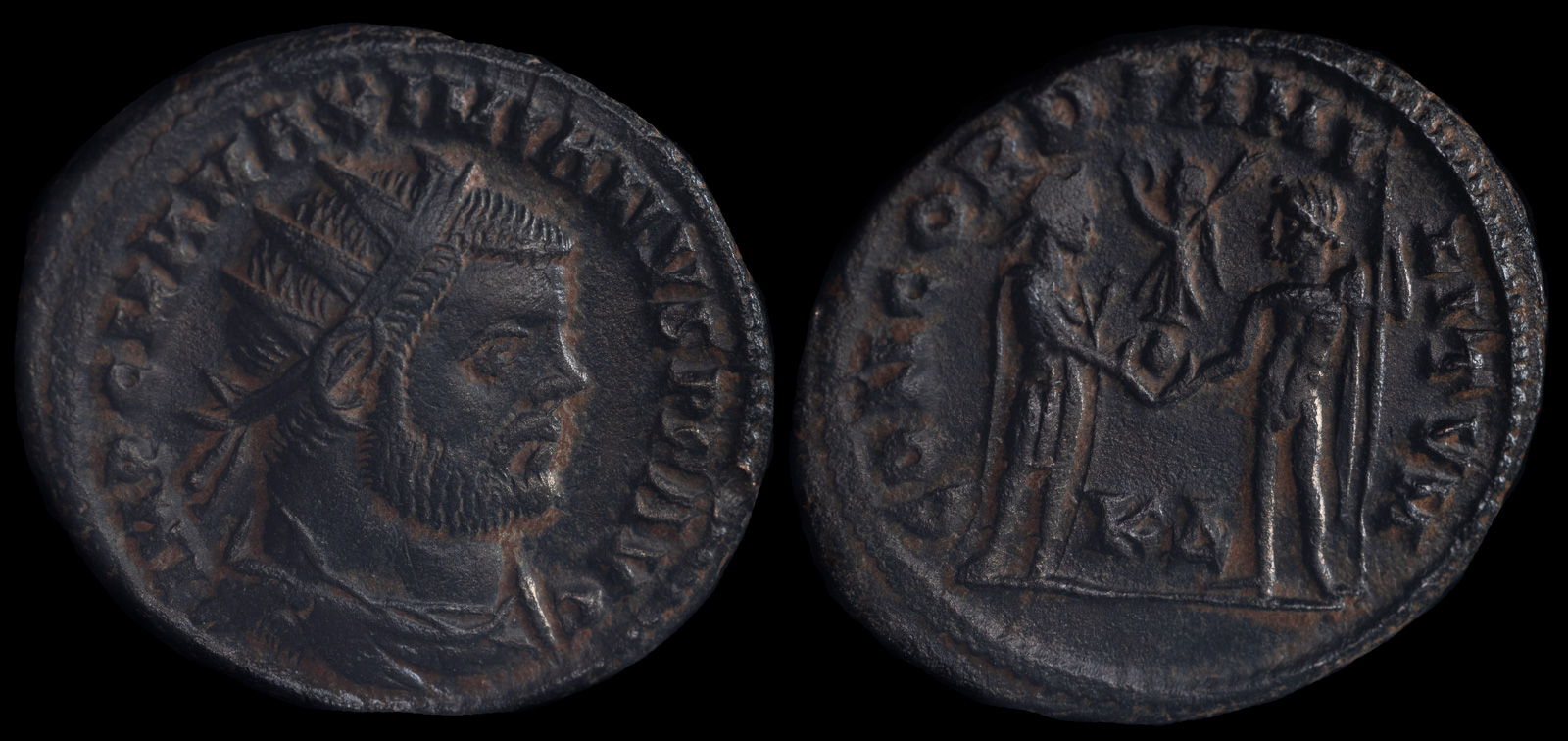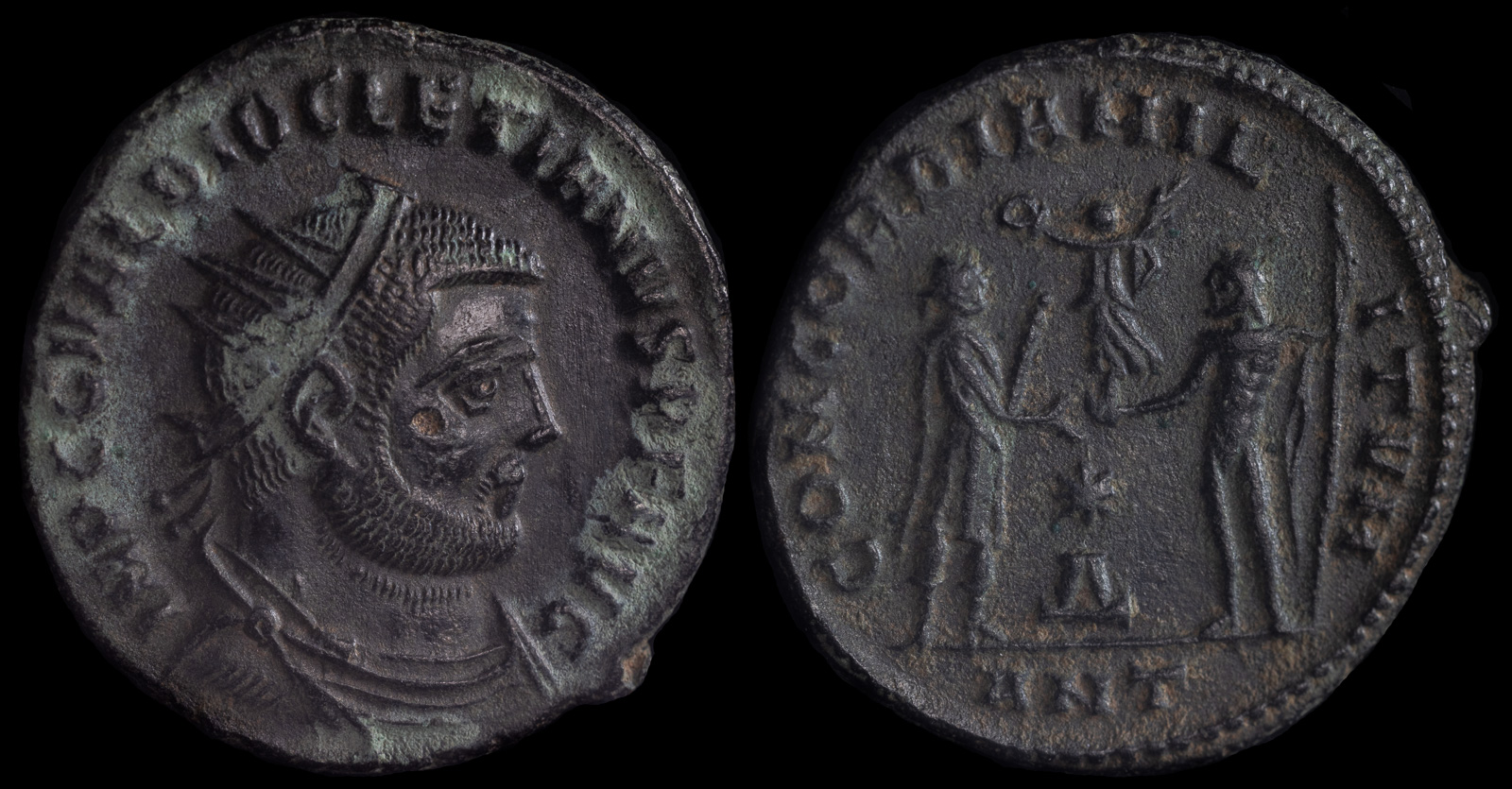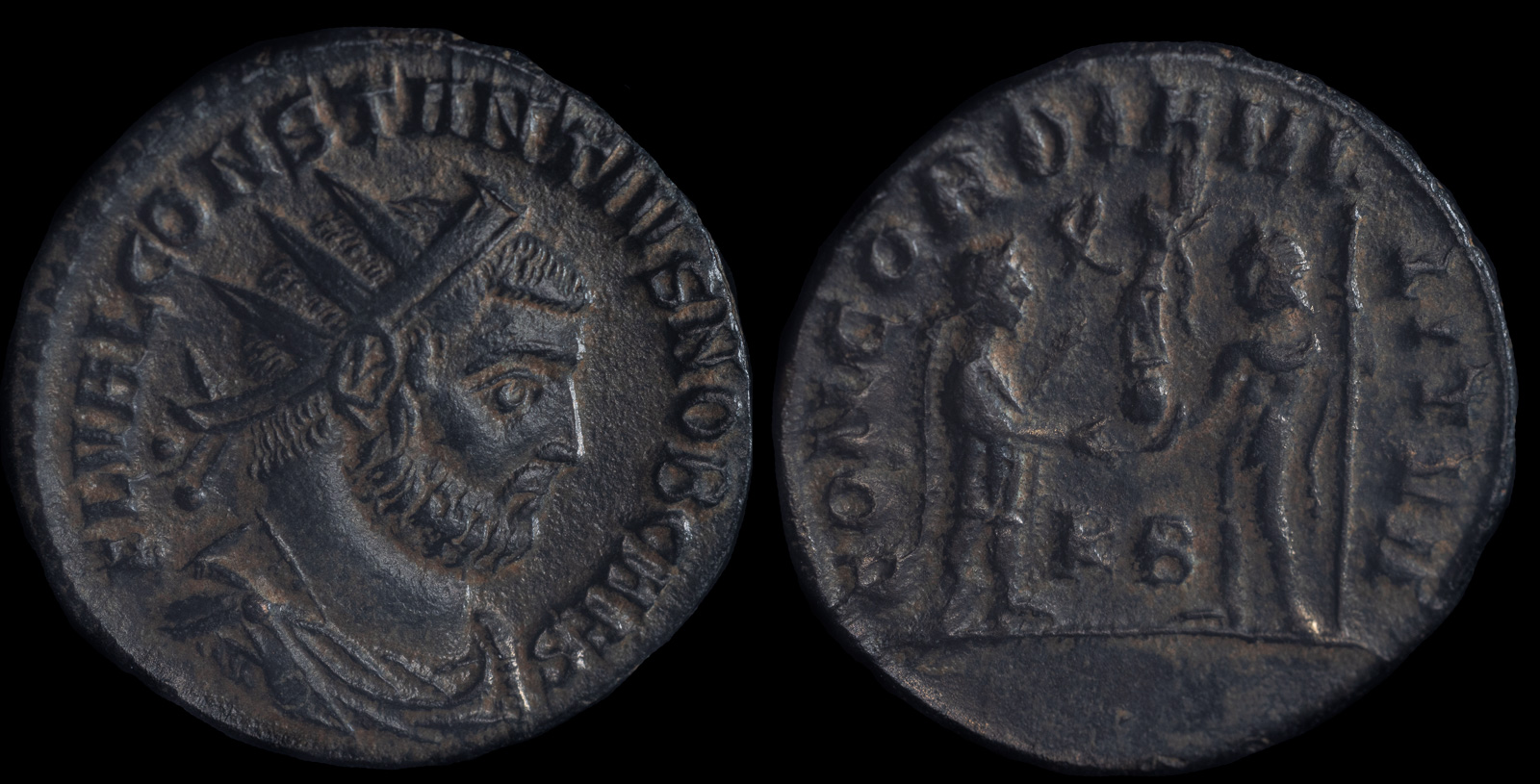Radiatus
View All Tags
The radiatus was a silver coin that typically featured a portrait of the emperor on the obverse, often with a radiate crown symbolizing the emperor’s divine power and association with the sun god, Sol. This imagery was a direct reference to the emperor’s role as the protector of the empire, and the radiate crown became a recurring symbol in Roman imperial coinage. The reverse of the coin often depicted a variety of motifs, including military and religious symbols, which reinforced the authority and divine favor of the emperor.
The radiatus was initially introduced as part of a new silver-based currency system, replacing the previous antoninianus, which had been debased and had lost much of its silver content. The radiatus, with its higher silver purity, was an attempt to restore trust in the Roman currency. However, despite these reforms, the coinage system continued to face challenges due to inflation and the declining value of silver. Over time, the radiatus was replaced by other coin denominations as the Roman Empire experienced further economic difficulties, especially during the later stages of the 3rd century CE.

Constantius I Chlorus, as Caesar
Cyzicus 293-305 CE
Æ Radiatus 20mm, 2,89g
Büste mit Strahlenkrone und Kürass /
Kaiser mit Kurzszepter sowie Iuppiter mit Stabszepter vis-à-vis halten gemeinsam Victorienglobus, Sigle: K Δ (im Feld).
RIC VI 18a

Diocletian
Antioch 284-305 CE
Æ Radiatus 20mm, 3,42g
Vs: IMP C C VAL DIOCLETIANVS P F AVG. Büste mit Strahlenkrone, Paludament und Panzer rechts.
Rs: CONCORDIA MIL – ITVM / ANT. Jupiter mit Szepter überreicht Victoria auf Globus an Kaiser mit Szepter; im Feld Stern über A.
RIC VI, S. 621, 60 (a)

Maximianus Herculius
Cyzicus 286-305 CE
Æ Radiatus 23mm, 3,85g
Obv: IMP C M A MAXIMIANVS P F AVG. Bust of Maximianus Herculius, radiate, draped, cuirassed, right.
Rev: CONCORDIA MILITVM / K B. Prince standing right, receiving Victory on globe from Jupiter standing left, leaning on sceptre.
Ref: RIC 16b